Storm Chasing in Strathglass
I had half a day to kill after a long journey and needed a bit of a chill and a shake out paddle. I remembered an interesting little paddle, quite local to where I was that I had done a year or so previously. That trip is the much overlooked Rivers Glass and Beauly.
Both these rivers really are little gems and very often ignored due to their low grade, with the River Beauly having the stunning steep sided Aigas Gorge which is quite unusual at this grade of water, and is home to some regularly seen Otters. Only the River Conon has a larger catchment area than the 270 square miles of the Beauly system. The Rivers lie to the south west of Dingwall in Strathglass and to the North of the Great Glenn and is easily be accessed via the A831 through the Muir of Ord and Beauly.
This system finds its origins in Glen Affric with the River Affric which then becomes the River Glass above Cannich. Here there is a good access and egress, from where this stretch can then be paddled to the road bridge at Mauld which crosses the river just before the River Farrar and Struy Bridge. Again there is good access and egress and the river now becomes the Beauly and is a nice trip down through the Aigas Gorge to the get out at the Aigas Dam.
As I only had half a day I opted on this occasion to put on at Struy bridge and paddle the section to the Aigas Dam. I made a point of stopping at the the dam and inspecting the get out as I drove to the put in, and left my bike for a quick shuttle at the end of the day. After the usual faff associated with open boating I launched from the field beside the bridge and paddled down the Farrar to where it met the Beauly.
The weather was rather interesting as to my front were great black, bellowing storm clouds and very loud rumbles of thunder could be heard, whilst over my shoulder was blue sky and sunshine. This was to the be the case for the remainder of the day along with the the occasional heavy downpour. Although I could see and hear the thunder and lightning I never really caught up with it and ended up feeling like I was chasing it all day!
Part way down I decided to stop for some lunch and a brew with the aid of my Kelly Kettle. I always carry a fire steel steel with me for lighting fires, stoves etc so all I had to do now was find some tinder and some fuel. Luck would have it that very close to where I had stopped I found an old Birch tree. On closer inspection I found that its bark was in just the state for lighting my kettle. I chose some of the very flakey, loose paper thin bark as tinder for my spark, and some of the thicker more substantial bark to add to this to get it going, along with a collection of small dry twigs. I generally carry a small leather pouch with some dry bark and other dry tinders just in case I cant find what I need. I like to use Birch bark for tinder as it contains natural oils which help it to burn, even when wet plus it burns hot and for quite sometime ensuring the fire gets a good start.
Preparation is everything when lighting fire or in this case my kettle. I prepared a pile of tinder in the form of the very thin bark, a few strips of the thicker bark and broke the twigs up into piles of thin to thick. Kelly Kettle filled with water and ready I drop a few sparks onto the very thin bark and gain a flame quickly. Now I add some of the thicker strips of bark and once they have caught’ place the kettle over the fire base. This acts like a chimney and draws the fire. I can now carefully add the sticks trough the hole in the top starting with the thinnest first and gradually building up. Be careful not to overdo it and smother the the young flames.
Now is a good time to give the fire lots of oxygen via the holes in the base of the kettle, by blowing or fanning. Once your kettle is going drip feed the thicker sticks until the water is boiled. Remember not leave the cork in, and be careful lifting the kettle off the base as the flames may still be coming out of the top where the handle goes. With practice, lighting and using a Kelly Kettle can become second nature and can be as quick as using a stove but definitely more satisfying and fun.
I soon arrived at Aigas Island and the start of the Gorge, which as I mentioned earlier is a bit of a surprise. Its hard to get your head round, but you are now actually paddling through part of reservoir! Very steep rocky sides tower above the paddler as you paddle through. The Island itself can be paddle on either side although I feel the left is much more interesting.
On leaving the gorge and paddling around to the right a very big and grand property is clearly visible above, on the Island. This is Eilean Aigas House, previously a seat for Lord Fraser of Lovat. The original family home was demolished by a Canadian Millionaire and has been replaced by this stunning building, in this stunning location. Incidentally if you happen to have a spare £15,000,000 plus just lying around doing nothing you could put in an offer on the property as its up for sale!!
Back to reality and it’s only a distance of 2 km to the Aigas Dam and the get out. The egress is short distance before the dam itself and is a bit of scramble up the bank with your boat and kit, before finding the tarmac track up to the main road.
After a quick portage up to the road it was time to head off back to the car courtesy of the local shuttle service … aka my bike. The short cycle back gave me time to reflect on my day of storm chasing, Kelly kettles and gorges. I finished in a very chilled and relaxed state ready for some more challenging paddling later in the week.
This section I paddled is only 10-12 km long but as mentioned earlier a longer paddle of 25 km can be had by launching further upstream at Cannich. I have on one occasion portaged 2 km down the road from Aigas Dam and launched again by the Kilmorack bridge and paddled a further 4 km down to Lovat Bridge. It really is a lovely paddle with no nasty surprises. Wether a days relaxed paddling, a family trip or an introductory paddle for people its well worth the visit.
Happy paddling and see you on the water…..
Jules
comment
Please Leave a Reply
TrackBack URL :








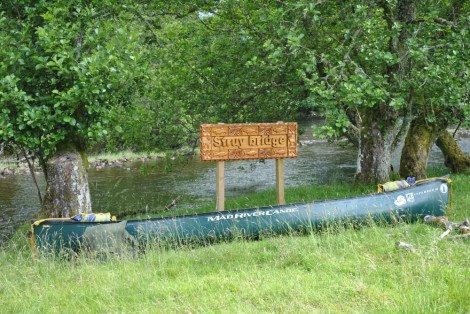

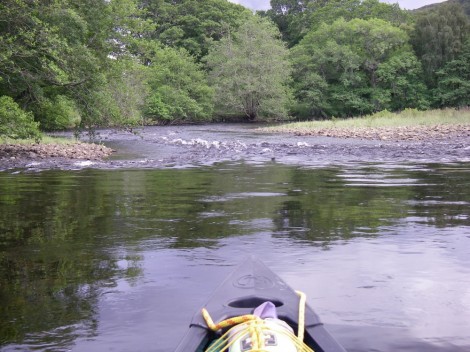
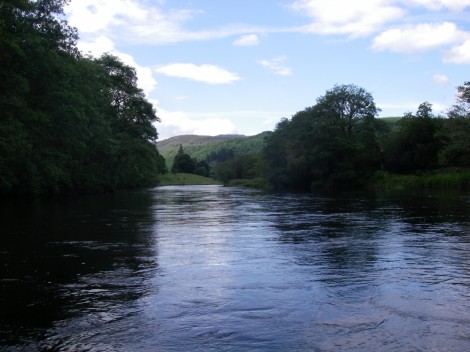


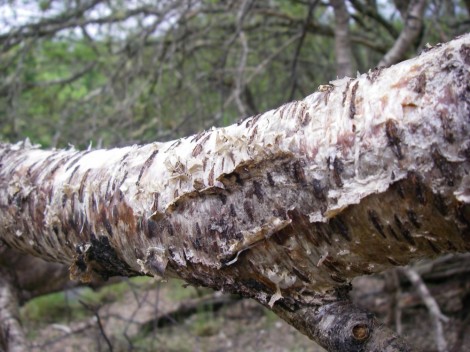
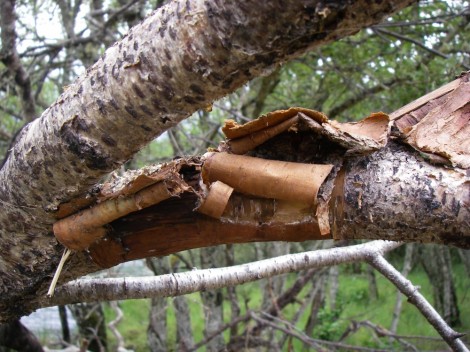



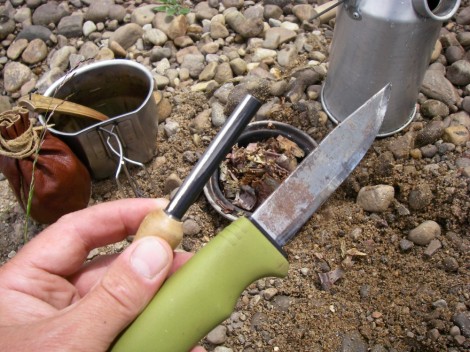




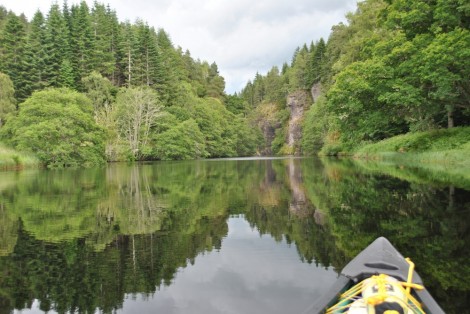


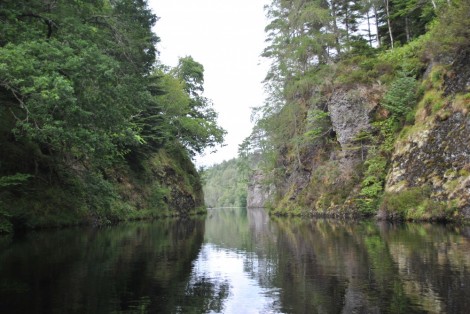

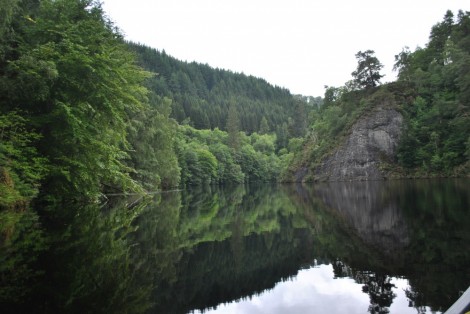
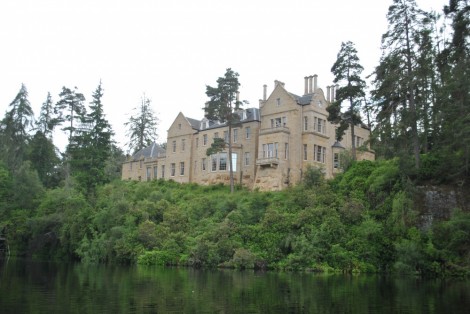




Re: “The original family home was demolished by a Canadian Millionaire … ”
Ummm… No… It wasn’t. As a matter of fact, the good Canadian (who is of Scottish descent, btw) along with his Canadian wife, actually *preserved* and renovated the original 7,000 square foot historic mansion, which you will find is still part of the sale of the whole estate, and which includes, as you know, the new, 28,000 square foot mansion built of stone, including *hand-carved* stone, extensive, as-of-the-period, 17th century-style, labour-intensive plasterworks, another large home for the grounds keeper, a new, solid steel crossing bridge, plus, the original 60-acre island upon which it all sits, *and* an additional 450+ acres of surrounding, high-quality farm land!
If I had the money, I would jump at the chance to own such a magical place! The owners did their honest and truest best in preserving and enhancing a most special place. I am sorry to see them go.
You are very lucky to have spent some time on that beautiful river, though, and your photos are really great! Love the blog!